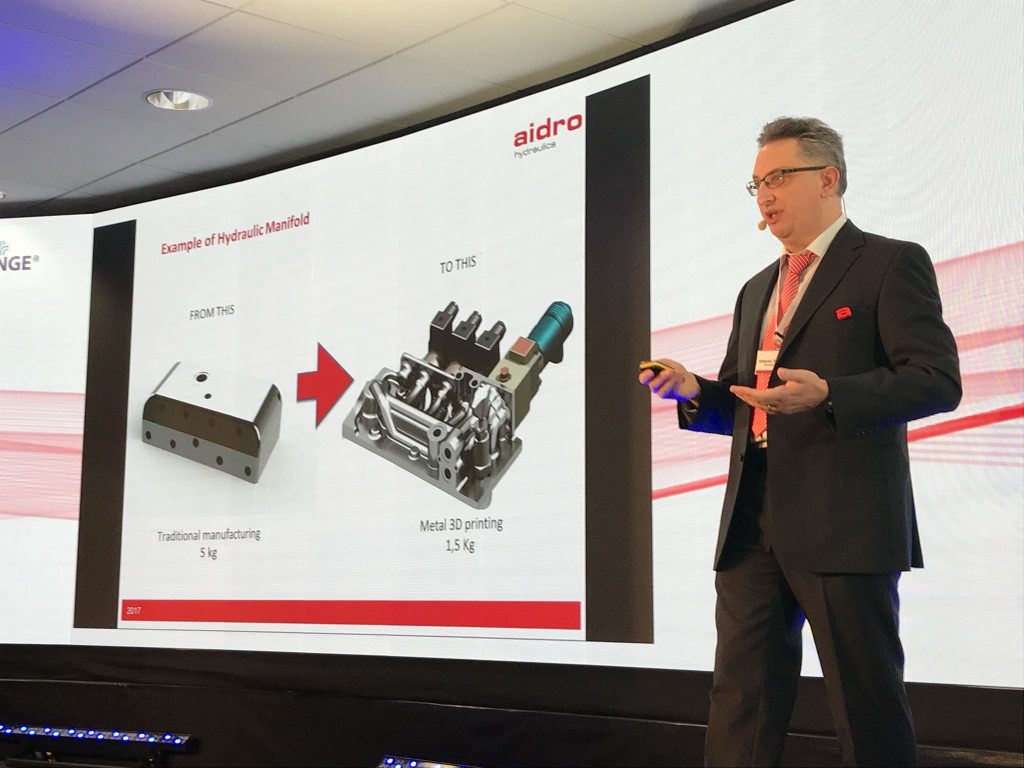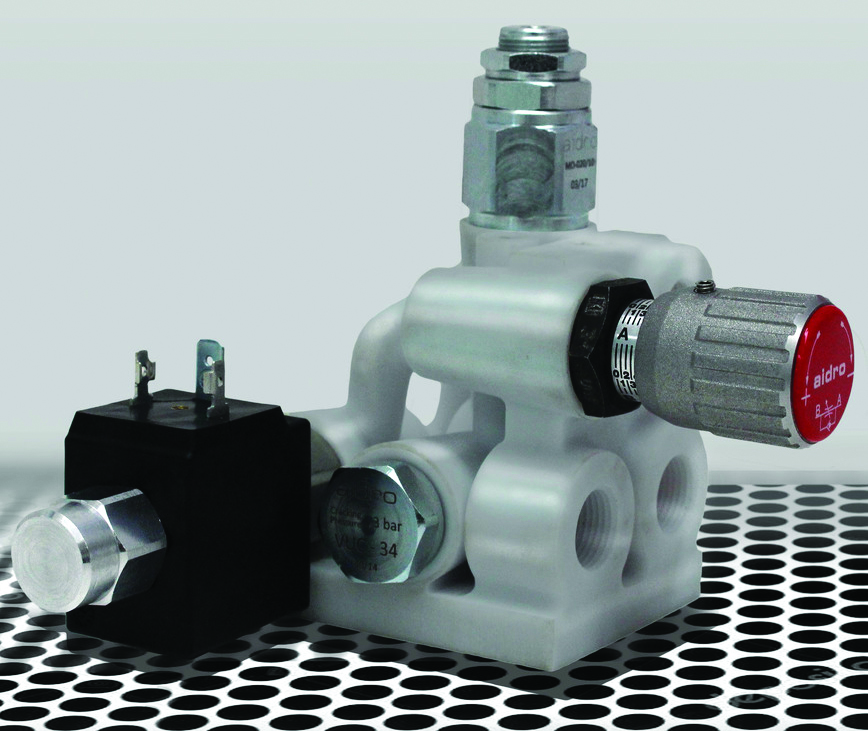Italy-based Aidro Hydraulics is now manufacturing components for fluid systems on a DMLS metal 3D printer. The company previously only used FFF 3D printing to prototype the designs of its hydraulic devices.
After investing in an EOS M290 metal 3D printer last November, Aidro is now 3D printing metal components on a regular basis and is even recruiting engineers who specialize in additive manufacturing.
Hydraulic components have been 3D printed by companies like Airbus and McLaren, for their own specialist applications. However, a specialist company 3D printing hydraulic devices on demand makes wider adoption of this technology all the more possible.

The advantages of 3D printing hydraulics
Metal 3D printing holds many advantages over subtractive manufacturing techniques, including reducing material waste and cutting production times. CNC machining a metal component can take between 30 and 60 days, casting may take months, but a metal object can be 3D printed in days.
When it comes to hydraulics, where the internal design of the component can make all the difference, 3D printing is particularly useful.
Firstly, a component can be completely redesigned to minimize weight. In the case of hydraulic valves, they may be up to 60% lighter. This is especially important in automotive and aerospace engines.
Secondly, a component’s internal geometries can be redesigned to optimize flow and eliminate the leakage from the auxiliary drilling and plugging that is required from CNC milled hydraulics.

The additive manufacturing process at Aidro
Aidro 3D prints a range of components, including hydraulic manifolds, heat exchangers, and valve blocks. The materials used depend on the amount of pressure the component will undergo. With DMLS, Aidro can manufacture parts out of Stainless Steel (AISI316L), Aluminium (Alsi10Mg) and Inconel (718).
Hydraulic components are initially designed in CAD software and analyzed using finite element method (FEM). They are then 3D printed with DMLS and subjected to material testing, pressure resistance measurement and dimensional control via 3D scanning. Finally, the components are CNC milled and heat treated.
Speaking to Hydraulics & Pneumatics magazine, Aidro Managing Director Alberto Tacconelli said,
“Because of its ability to build internal features and passageways, additive manufacturing is well suited for the design and manufacture of manifolds.”
“Our internal channels of the valve block (shown on page 12) are optimized for greater flow within a smaller space,” Tacconelli added. “Furthermore, the potential for leaks is eliminated because auxiliary drillings (hole plugs) are not needed.
Is this additive manufacturing application the best of 2018? Make your nominations for the 3D Printing Industry Awards 2018 now.
For more stories on metal 3D printing, subscribe to our free 3D Printing Industry newsletter, follow us on Twitter, and like us on Facebook.
Featured image shows metal 3D printing Aidro hydraulic components on an EOS M290. Photo via Aidro.


